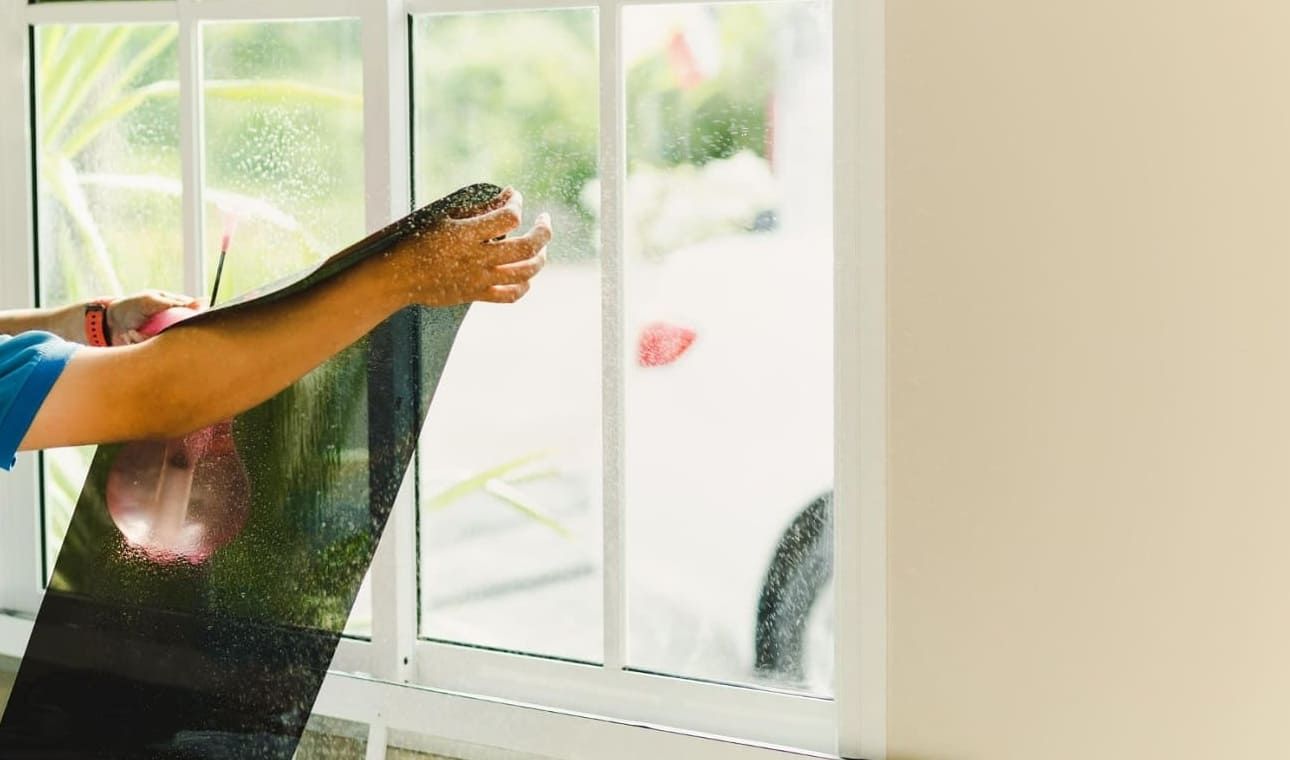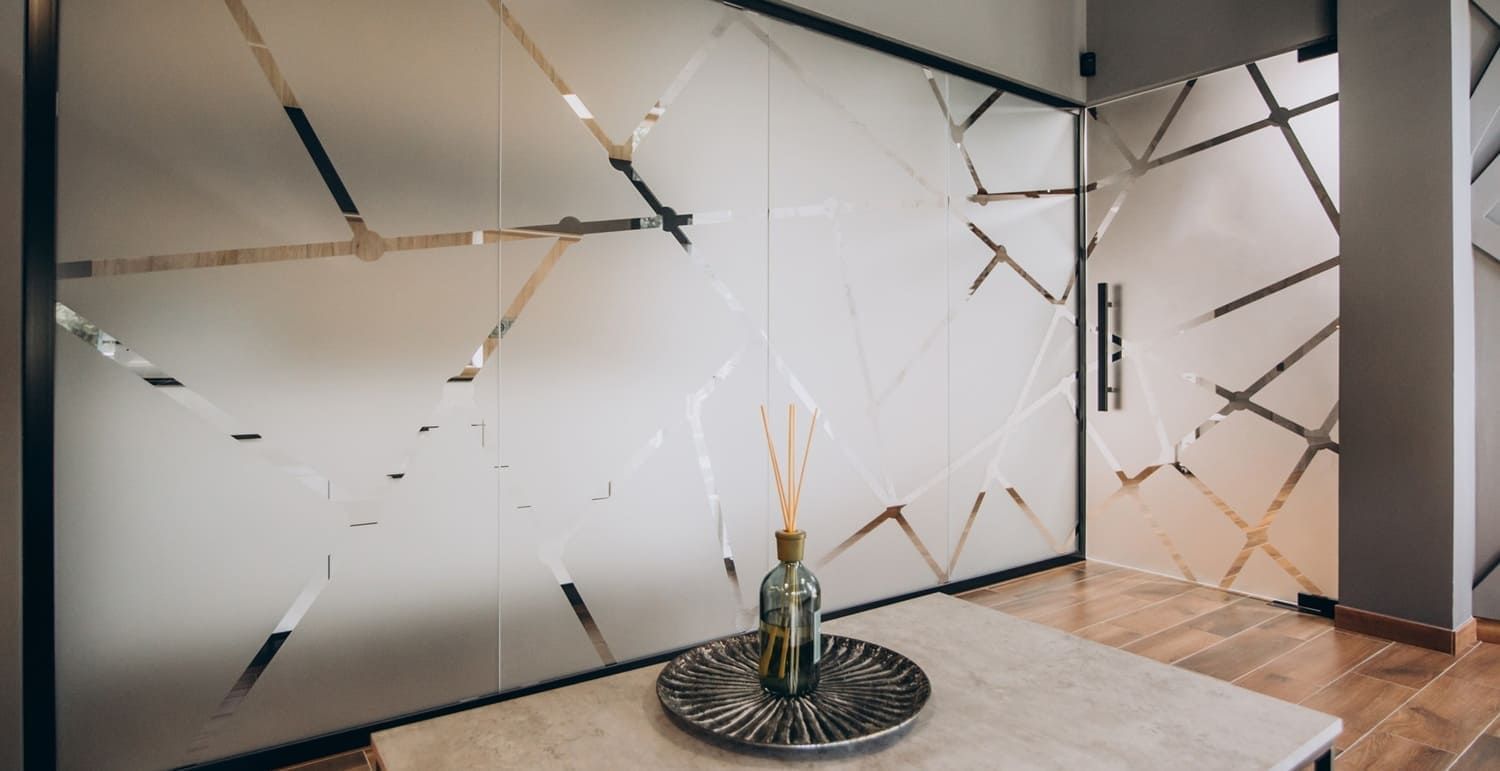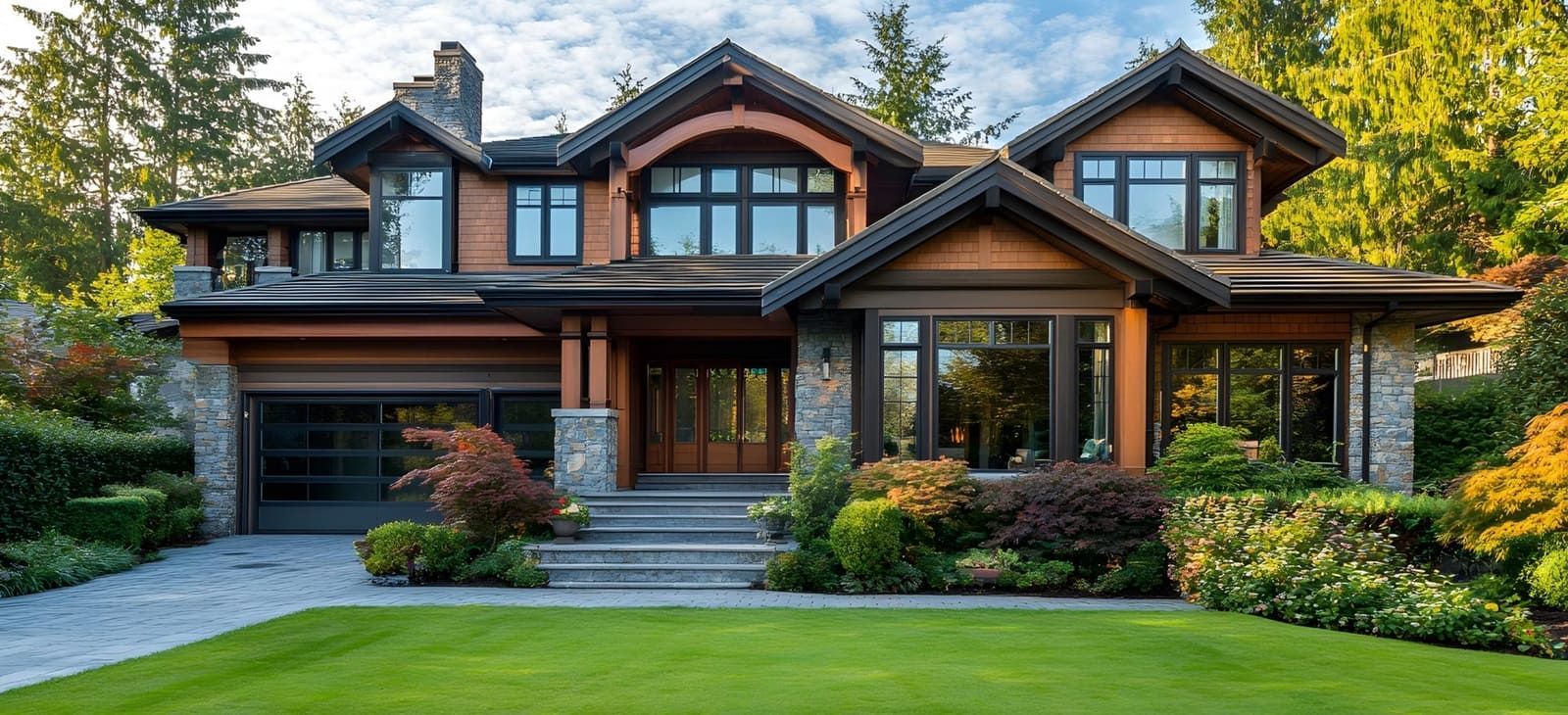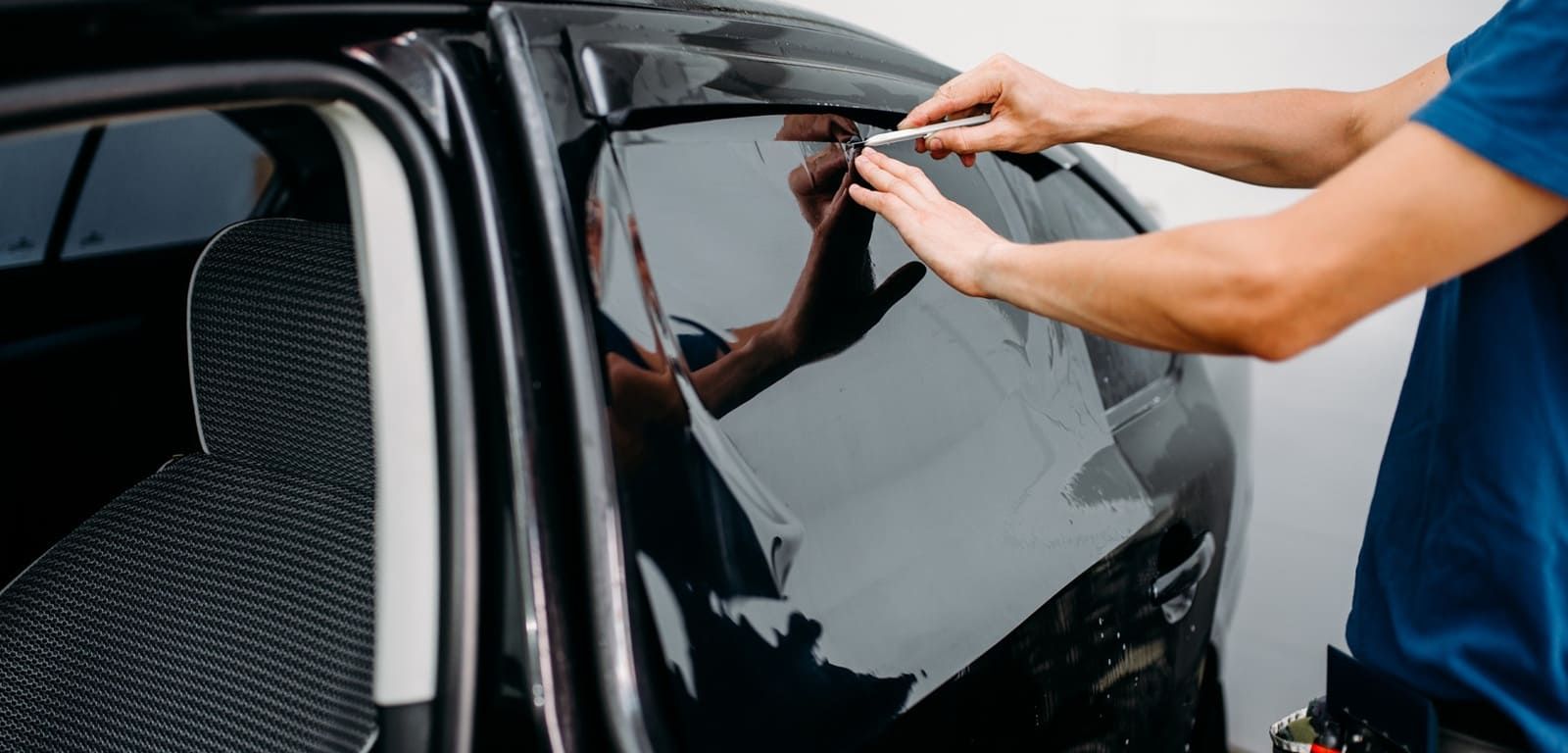Can Window Film Lower Your Energy Bills?
Homeowners everywhere are on the lookout for effective ways to cut down on their energy expenses. With utility costs on the rise and an increasing awareness of the environmental impact of excessive energy consumption, energy efficiency has become a top priority for many. Among the various solutions available, the use of window film has gained significant traction. This innovative yet straightforward approach promises to enhance energy efficiency, but can window film really lower your energy bills? Let's delve into the potential benefits of this energy-saving solution.
Window film is a thin layer of material applied directly to the glass surface of windows, designed to improve various aspects of home living. It comes in a variety of types and serves multiple purposes, including enhancing privacy, reducing glare, and importantly, improving energy efficiency. Though it might seem like a simple addition, window film can dramatically influence your home's energy consumption patterns, making it a compelling choice for those looking to optimize their energy use.

Types of Home Window Film Options
Choosing the right window film for your home involves understanding the different types available and their specific functions. Here are some of the primary types:
- Reflective Window Film: Known for its ability to reflect sunlight, this type of film significantly reduces heat gain and glare inside the home. This makes it particularly advantageous in sunny climates where cooling costs can otherwise be exorbitant. Reflective films can also contribute to a more balanced indoor temperature, reducing the strain on air conditioning systems.
- Tinted Window Film: Tinted films are designed to absorb solar energy, preventing it from penetrating your home. Available in various shades, these films allow you to customize the level of light and heat that enters your living space. They offer a balance between maintaining natural light and reducing heat, which can be especially useful in regions with intense sunlight.
- Low-E Window Film: Low-emissivity films are engineered to regulate indoor temperature by reflecting heat back into the home during winter months and keeping it out during the summer. This dual functionality is key to maintaining a consistent and comfortable indoor climate throughout the year, reducing the need for excessive heating or cooling.
- Decorative Window Film: While primarily used for aesthetic enhancements, decorative films can also offer some degree of insulation and energy savings. They allow homeowners to personalize their living spaces while contributing to energy efficiency in a subtle way.
How Window Film Contributes to Energy Savings
Window Insulation Film: A Barrier Against Heat Loss
One of the most significant benefits of window film is its ability to serve as an insulating barrier. During the colder months, window film helps retain heat within the home by minimizing the amount of heat that escapes through the glass. This results in a more comfortable indoor environment without the need for excessive heating. In the summer, it minimizes heat gain by blocking a substantial portion of the sun's rays, helping to keep the interior cool.
Reducing Air Conditioning and Heating Needs
By effectively regulating indoor temperatures, window film reduces reliance on air conditioning and heating systems. This not only leads to lower energy bills but also extends the lifespan of HVAC equipment by decreasing its workload. As HVAC systems operate more efficiently, homeowners benefit from reduced maintenance costs and a quieter, more pleasant home environment.
UV Protection and Its Impact on Energy Efficiency
Window films are highly effective at blocking harmful ultraviolet (UV) rays, which can contribute to the warming of your home and increase cooling costs. By blocking up to 99% of UV rays, window film helps maintain a cooler indoor environment, reducing the demand for air conditioning. This UV protection also preserves the quality of interior furnishings, preventing fading and damage, thereby contributing to a more sustainable household.
Additional Benefits of Window Film
While energy savings are a significant advantage, window film offers several other benefits that make it an attractive option for homeowners looking to enhance their living spaces.
Enhanced Privacy and Security
Certain types of window film are designed to enhance privacy by making it challenging for outsiders to see into your home. This added privacy is particularly beneficial for ground-level windows or homes situated in densely populated areas. Additionally, some films are engineered to hold glass together in the event of a shatter, providing an added layer of security against break-ins and accidental damage, thus offering peace of mind.
Glare Reduction
Sun glare can be a significant nuisance, interfering with activities such as watching television, reading, or working on a computer. Window film effectively reduces glare, creating a more comfortable and functional living environment. This improvement can lead to increased productivity and enjoyment of home spaces, making everyday tasks more enjoyable.
Protection for Furniture and Flooring
Prolonged exposure to sunlight can cause fading and deterioration of furniture, flooring, and other interior elements. Window film acts as a protective shield, preserving your home's furnishings by blocking out damaging UV rays. This protection helps maintain the aesthetic appeal of your home and extends the lifespan of your interior décor, offering long-term value.
Choosing the Right Window Film for Your Home
When selecting window film, it's essential to consider a variety of factors to ensure you choose the best option for your home. Here are some key considerations:
Climate Considerations
Your geographic location plays a crucial role in determining the type of window film that will deliver the most energy savings. In hotter climates, reflective or tinted films may be ideal due to their ability to minimize heat gain. Conversely, in regions with significant temperature fluctuations, low-E films offer dual functionality that can help maintain consistent indoor temperatures throughout the year.
Window Orientation
The orientation of your windows can significantly influence your choice of window film. For example, south-facing windows receive more sunlight and may benefit from higher UV protection films to reduce heat and glare. In contrast, north-facing windows might require less intense coverage, allowing you to opt for films that prioritize insulation.
Budget and Installation
Window film is generally an affordable solution compared to other energy-saving upgrades like replacing windows. However, prices can vary based on the type of film and installation costs. Some films are designed for easy DIY installation, while others may require professional installation to ensure optimal performance. It's important to weigh the costs and benefits of each option to make an informed decision.

The Long-Term Impact on Energy Bills
Investing in window film is a cost-effective solution that can lead to considerable long-term savings on your energy bills. By reducing your reliance on heating and cooling systems and protecting your home from UV damage, you can achieve a more energy-efficient and comfortable living environment.
Calculating Potential Savings
The exact savings you'll experience can depend on various factors, including your local climate, the type of film used, and your home's existing energy efficiency. However, many homeowners report a noticeable decrease in their energy bills within the first year of installation. By monitoring your energy usage before and after installation, you can better understand the financial benefits and make any necessary adjustments to maximize savings.
A Sustainable Choice
In addition to reducing energy costs, window film contributes to a more sustainable lifestyle. By lowering your energy consumption, you reduce your carbon footprint and contribute to environmental preservation. This aligns with the growing global emphasis on sustainability and provides a practical way for homeowners to participate in eco-friendly practices.
Conclusion
At Latitude 33 Window Tint, we are proud to be the best window film installers serving Richland County, Lexington County, Sumter County, and Kershaw County, including the cities of Columbia, Lexington, West Columbia, Forest Acres, Dentsville, Hopkins, Woodfield, Eastover, Lugoff, Cayce, Sumter, Camden, and the surrounding South Carolina areas. We offer free estimates to help you make the right choice for your home.
Investing in window film can be a smart decision for homeowners looking to lower their energy bills and enhance their home's comfort and security. With various types available to suit different needs and climates, window film offers a versatile and effective solution for improving energy efficiency.
Consider your unique circumstances and consult with a professional to determine the best window film option for your home. By doing so, you'll enjoy the benefits of reduced energy costs and a more comfortable living environment for years to come. Window film not only represents a financial investment but also a commitment to sustainable living and improved quality of life.
FAQs About How Window Film Reduces Energy Costs
Can window film actually lower my energy bills?
Yes. High-quality window films can reduce solar heat gain, block UV rays, and help maintain indoor temperatures, leading to lower energy consumption for heating and cooling.
How much can I save on energy bills with window film?
Savings vary, but homeowners often see a 10–30% reduction in energy bills, especially during hot summers or cold winters, depending on the film type and window orientation.
How does window film improve energy efficiency?
Window film acts as an insulating and reflective barrier, reducing heat transfer through windows. This means your HVAC system works less, saving energy.
Is window film more cost-effective than replacing windows?
Yes. Installing energy-efficient window film is significantly cheaper than window replacement and offers similar benefits in thermal performance and UV rejection.
What types of window film are best for energy savings?
Low-E (low emissivity) and ceramic window films are best for year-round savings. They reflect heat in the summer and retain warmth in the winter.
Does window film help in cold climates too?
Absolutely. Certain films help retain indoor heat, making them effective in reducing heating costs during colder months—not just summer cooling.
Can commercial buildings benefit from energy-saving window film?
Yes. Office buildings, retail stores, and schools can see significant savings and increased occupant comfort with large-scale window film installations.
Is window film eligible for energy efficiency rebates?
In some areas, yes. Check with your local utility provider or energy program, as rebates and incentives may be available for energy-efficient upgrades.
Does window film block UV rays that cause heat?
Yes. Most films block 99% of UV rays, which contribute to both heat gain and interior fading of furniture, flooring, and artwork.
Will window film make my home feel cooler in summer?
Yes. By blocking infrared heat, window film can reduce hot spots and help maintain a more stable and comfortable indoor temperature.
Can I install window film on all types of windows?
Most films work on single-pane, double-pane, and tempered glass, but always consult a professional to avoid thermal stress issues on certain window types.
Is window film visible or does it change how my windows look?
Energy-saving films come in clear, lightly tinted, and reflective options. You can choose a style that complements your home or building aesthetics.
Will I still get natural light with window film?
Yes. Most films are designed to allow visible light in while blocking heat and UV, so you still enjoy bright interiors without added heat.
Does window film affect nighttime visibility?
Some films have reflective properties that can reduce outward visibility at night. Choosing a neutral or ceramic film can minimize this issue.
How long does energy-saving window film last?
High-quality window films can last 15 to 25 years or more with proper installation and care, offering long-term ROI on energy savings.
Is professional installation necessary?
Yes. Professional installation ensures proper adhesion, no bubbling, and optimal performance, which directly affects energy savings and longevity.
Can I combine window film with other energy-saving strategies?
Absolutely. Window film works well with shades, blinds, energy-efficient HVAC systems, and smart thermostats to further reduce energy costs.
Will window film darken my rooms?
Not necessarily. Many modern films are virtually clear or lightly tinted and designed to maintain visibility while enhancing performance.
Do energy-efficient films work on skylights and glass doors?
Yes. Specialized films are available for curved, sloped, and vertical glass, including patio doors, sunrooms, and skylights.
can window film really help lower energy bills?
Yes. When properly selected and installed, window film can significantly reduce cooling and heating costs, improve comfort, and extend the life of your HVAC system.













